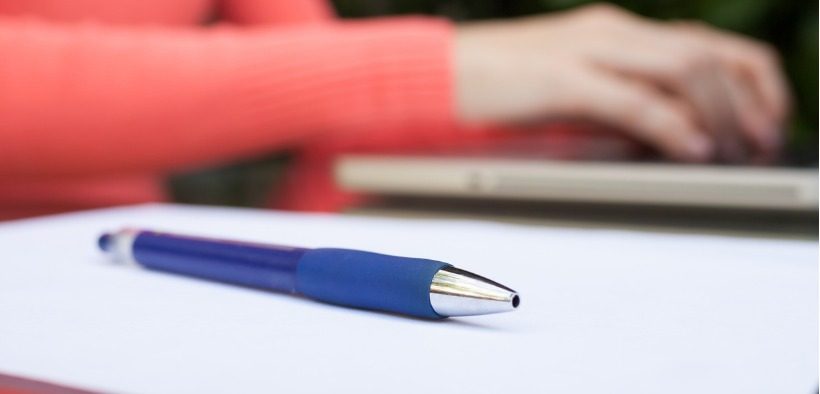There are lots of reasons and research that support students taking their own notes as opposed to relying on teacher-provided notes and/or slides. What’s changed of late is how today’s students take notes. Research from 2012 (cited in the reference below) reported that almost a third of students were taking notes with laptops. One suspects that percentage would be even higher today. Of current interest to researchers is the question of whether it makes a difference if students take notes electronically or write them longhand. Four studies (all published since 2012) have considered that question and all four agree on a couple of points.
Related Articles
I have two loves: teaching and learning. Although I love them for different reasons, I’ve been passionate about...
Active learning is a mostly meaningless educational buzzword. It’s a feel-good, intuitively popular term that indicates concern for...
Perhaps the earliest introduction a student has with a course is the syllabus as it’s generally the first...
Generative AI allows instructors to create interactive, self-directed review activities for their courses. The beauty of these activities...
I’ve often felt that a teacher’s life is suspended, Janus-like, between past experiences and future hopes; it’s only...
I teach first-year writing at a small liberal arts college, and on the first day of class, I...
Proponents of rubrics champion them as a means of ensuring consistency in grading, not only between students within...








